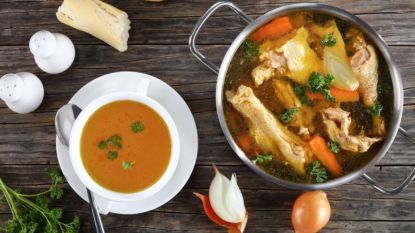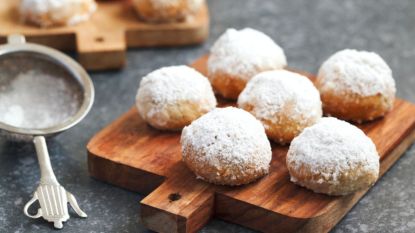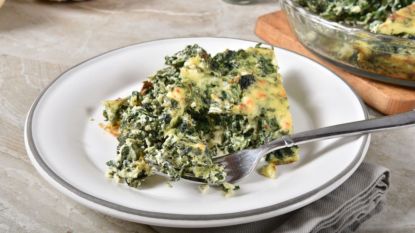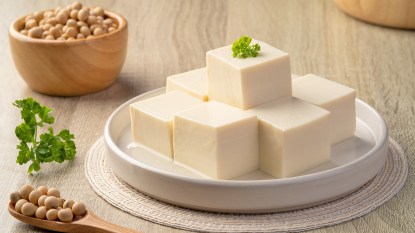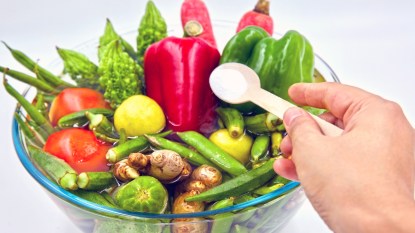How to Grow Your Own Brussels Sprouts at Home
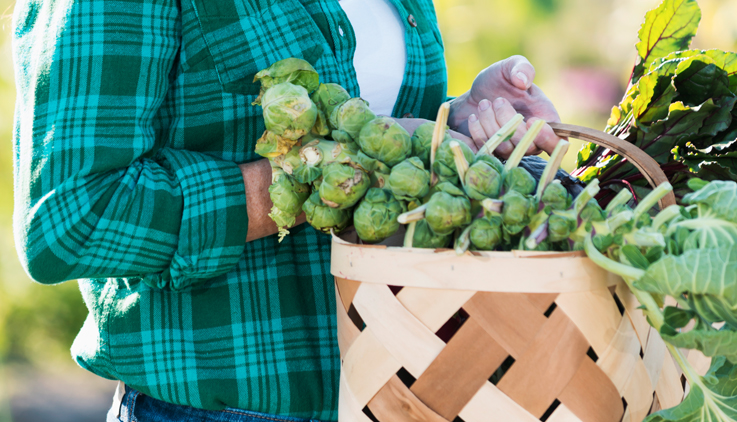
When you overcook Brussels sprouts, they release sulphur compounds that smell like dirty gym socks that have been sitting in a sports bag. How unappetizing! Unfortunately for the Brussels sprout, years of improper cooking has meant that most people assume the vegetable just tastes like stinky socks. It’s a bad rap that has lasted a lifetime — enough is enough. For me, though, a properly cooked Brussels sprout is one of the most perfect vegetables — the very best of the brassica family in a textured, bite-sized parcel. I think of them as mini hearts of cabbage, and they taste delicious when smothered with butter and garlic — two of my favorite things.
Growing Brussels sprouts at home is a test of your gardening aptitude, but patience and persistence are rewarded. Seeing the sprouts spiral around the stem of the plant is a real pleasure. But planting from seeds requires care. As with others in the brassica family, I recommend propagating seedlings in a tray and then transplanting them once you’ve ticked two boxes: First, the plant must be at least three to four weeks old; and second, the climate has sufficiently cooled down.
Once planted, keep your seeds well watered. A couple of sharp bursts each day is best. The soil must be damp, not wet. This is when a mini greenhouse is recommended because it reduces evaporation, lessening the watering frequency.
Young seedlings won’t cope well with extreme fluctuations in temperature, so baking the trays out in the hot sun is not advisable. We have our trays out in the cool of the night, and during the days we find a space for them that traps the morning sun. And keep them covered — they’re a prized meal for possums and rodents.
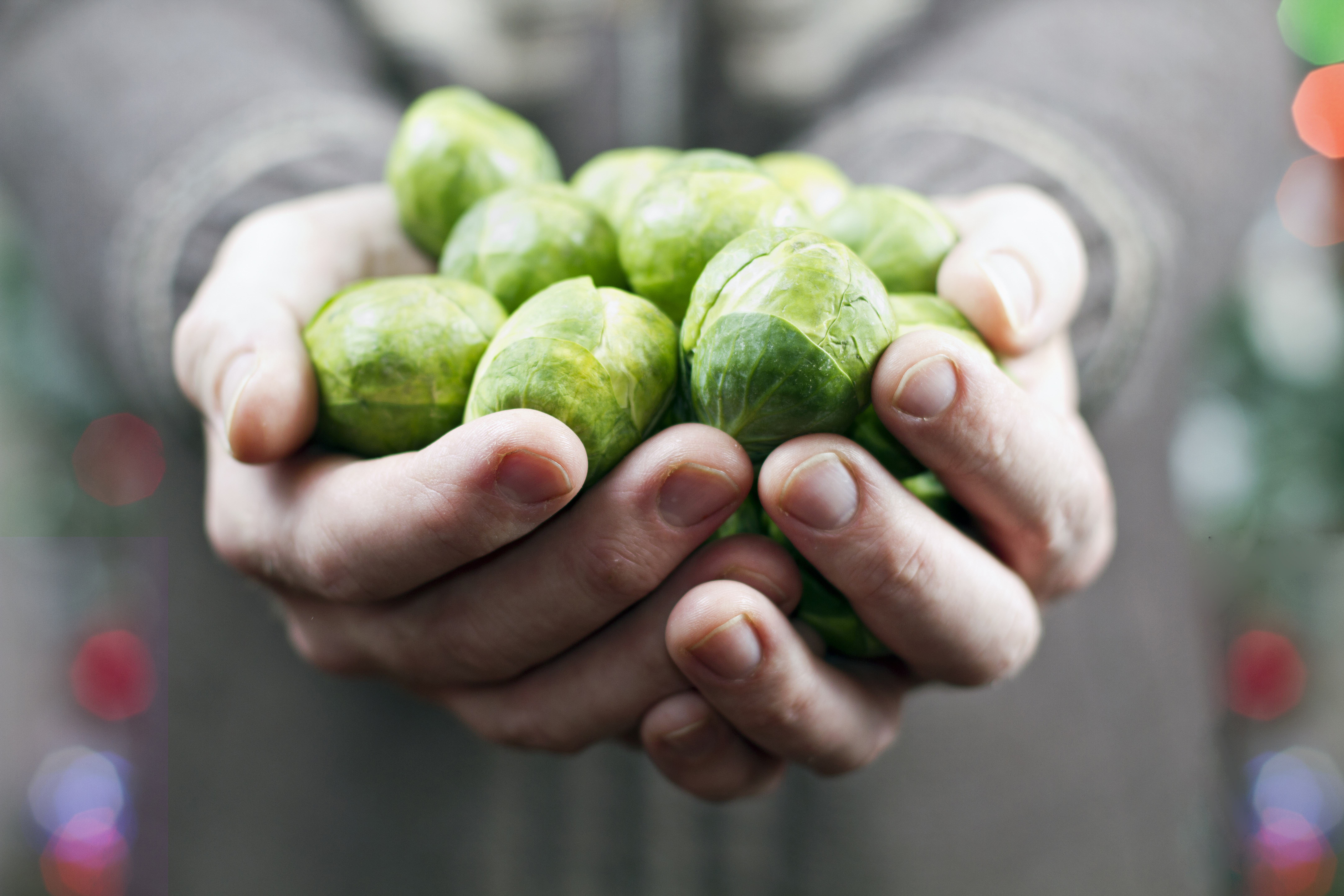
(Photo Credit: Getty Images)
When it’s time to plant, prepare the soil with plenty of compost and well-rotted manure. A spot in your vegetable garden where beans gre previous is idea because those legumes will have filled the soil with nitrogen — an element Brussels sprouts need a lot of to thrive. If you’re growing Brussels sprouts in pots, use a good organic potting mix.
Plant seedlings two feet apart or in pots that are 8 to 12 inches wide with a similar depth. Keep the seedlings well hydrated as they adjust, watering daily if the weather isn’t rainy. After a few weeks, as the air temperature cools down, so will the soil. Now is the time to mulch. Using a mulch high in nitrogen, such as pea straw, will alleviate the need for a mid-season feed. Layer it on an inch to 1 1/2 inches thick, and give it a good drink every second day.
Keep an eye on the plants for signs of pest activity. Along with possums and rodents, the cabbage white butterfly favors Brussels sprouts as a breeding ground. Placing fine netting over the plants is effective in protecting them, even if it makes tending to them a bit clumsy. After two months of in-ground growth, the plants will be on the verge of showing productivity. As the stem lengthens and thickens, small nodes appear around it (which shouldn’t be mistaken for caterpillars) — this is the start of their show.
A few weeks later, the stem will be covered in sprouts. Harvesting encourages more production and since those left on the plant overcook and flake up, it’s best to pick the sprouts young.
Finally, there comes the most important moment in a sprout’s life: arrival in the kitchen. Get everything ready — the hot pan, the butter, the garlic — it’s time to do them the justice they deserve.
This post was originally written by Mat Pember. For more, check out our sister site, Gourmet Traveller.
More From FIRST
4 Ways You’re Killing Your Plants — And How to Fix It
Identify Pretty Flowers in a Pinch With Handy Gardening App
21 Best Winter Indoor Plants to Bring a Little Bit of Nature Into Your Home


